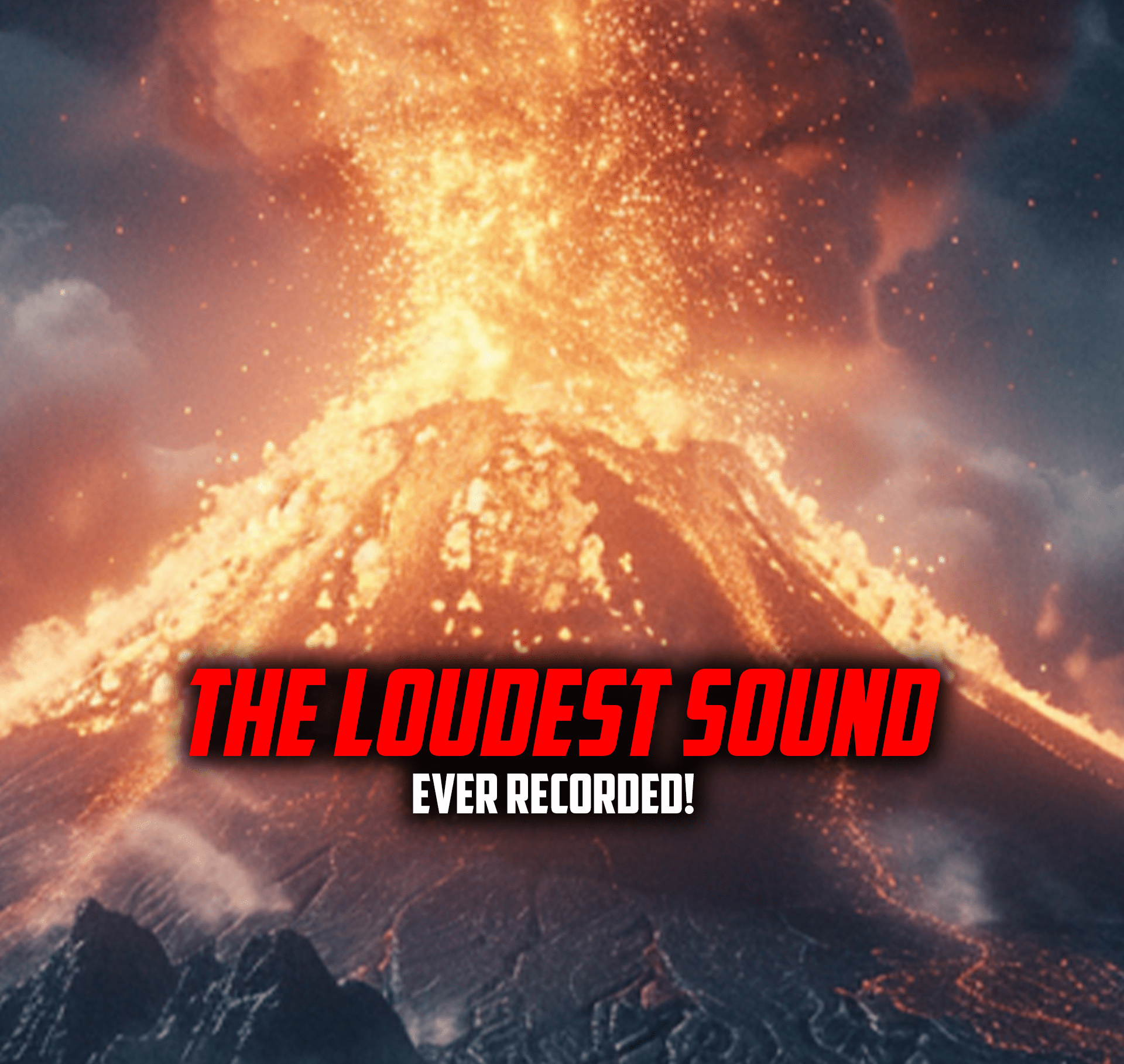On August 27, 1883, the world experienced one of the most powerful and catastrophic volcanic eruptions in recorded history. The eruption of Krakatoa, located in the Sunda Strait between Java and Sumatra in Indonesia, unleashed a sound so loud that it traveled around the world multiple times and was heard as far as 3,000 miles away. This incredible event demonstrated the sheer power of natural forces and has left a lasting legacy in geological and acoustic history. The eruption was not a singular explosion but a series of violent events that began in May 1883 and culminated in four massive explosions on August 27. The most significant of these explosions produced a sound that was not only heard across continents but also measured by barographs around the globe.
The immediate impact of the sound was devastating, with people within a 40-mile radius of Krakatoa experiencing ruptured eardrums due to the intensity of the pressure waves. The explosion generated sound waves so powerful that they circled the Earth four times, as recorded by atmospheric pressure measurements taken worldwide. Beyond the auditory impact, the eruption created tsunamis with waves as high as 120 feet, devastating coastal towns and villages around the Sunda Strait and causing significant loss of life. The massive amount of volcanic ash and sulfur dioxide ejected into the stratosphere caused spectacular sunsets and twilight effects globally, leading to a temporary cooling of the Earth’s climate. Krakatoa’s eruption is studied extensively to understand sound wave propagation and the impact of volcanic eruptions on global climate patterns, serving as a stark reminder of the Earth’s dynamic and unpredictable nature.
For the full text, get the book here: https://shorturl.at/BnQyc.

